
1867 - 1953
Jean Delville
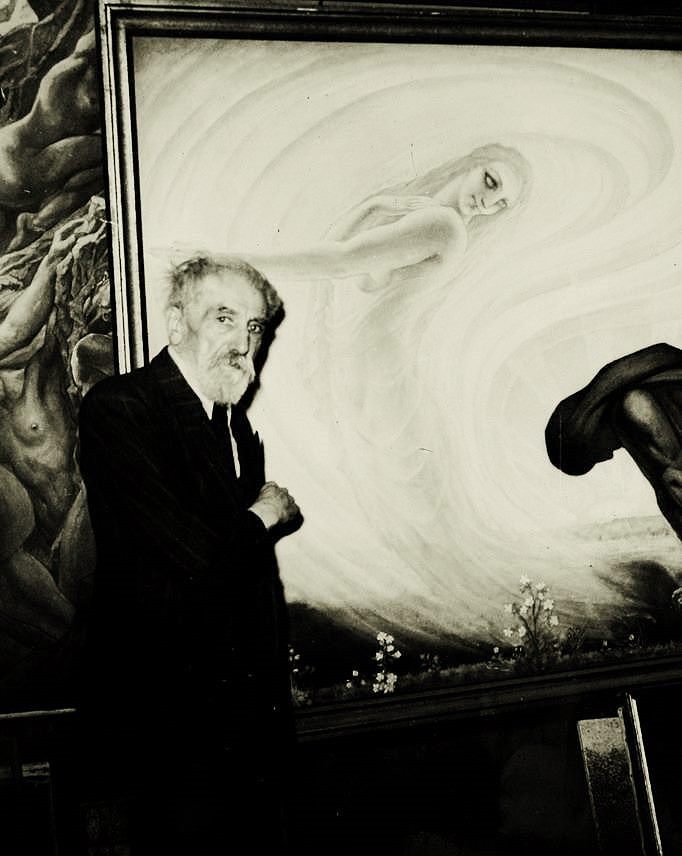
description
A representative of classic Belgian Symbolism in painting and literature, a famous occultist and mystic, Jean Delville was in the very center of the cultural life of Belgium, both of the end of the 19th and 20th century. His work in the field of art was an integral part of the Belgian idealistic movement of the 1890s and formed the world view of many young talents. He headed the Brussels branch of the Rosicrucian revival and organized the “Salon of Idealistic Art” as an imitation of the Paris Salons of Peladan “The Rose and the Cross”. This salon was visited by the most eminent artists and writers of Brussels.
Key ideas:
– The artist’s work is both religious and mystical. It has deep philosophical undertones and derives from the art of the Renaissance and the Middle Ages.
– As a participant and organizer of several occult organizations, in his canvases, Jean Delville expressed the ideas of the highest divine principle and the power of otherworldly forces over the fate of a human being. He considered his mission to transfer the Divine Mystery to the world through art and poetry.
– Delville’s canvases are monumental. Usually large-sized multi-figured compositions are solemn and sublime. Looking at them, the viewer finds himself in a completely different world, where there is no vanity and petty cares, but only contemplation and understanding of the true essence of the Universe. The basis of the paintings is always a perfect drawing and a well-constructed composition.
– The plots of paintings are full of meaningful hints, allegories and symbols. The artist believed that art is an expression of the highest spiritual truth and that it should be based on the principle of Perfection or spiritual Beauty. These highest foundations of existence were the only significant ones, while materialism was a trap and the physical body was a cage for a soul.
– Delville himself never deciphered the meaning of his canvases. This is why many of his works remain the subject of controversy among art historians and an attractive mystery for the viewer.
1867
1883
1887
1888
1892
1895
1900
1914
1920
1953
The birth of the artist
Delville entered the class of famous artist Jean-Francois Portels
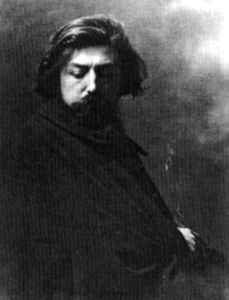
He exhibited his works in a realistic style at the L'Essor exhibition
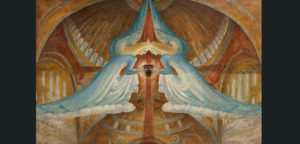
He met famous occultist Josephin Peladan
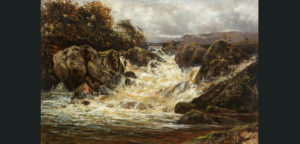
"Salon of Idealistic Art"
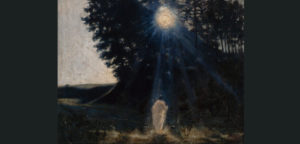
Went to Rome and Venice
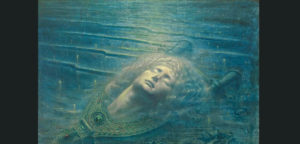
The artist started to work as a teacher at the School of Art in Glasgow
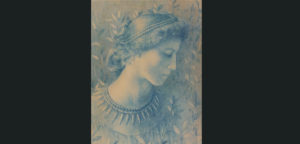
He moved to London
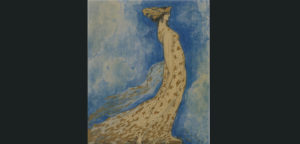
Jean Delville became a successful artist and teacher

Jean Delville died

